Government workers with autism may go unpaid, despite their valuable contributions to science – Popular Science
A volunteer program by USGS could provide setbacks for students seeking independence.
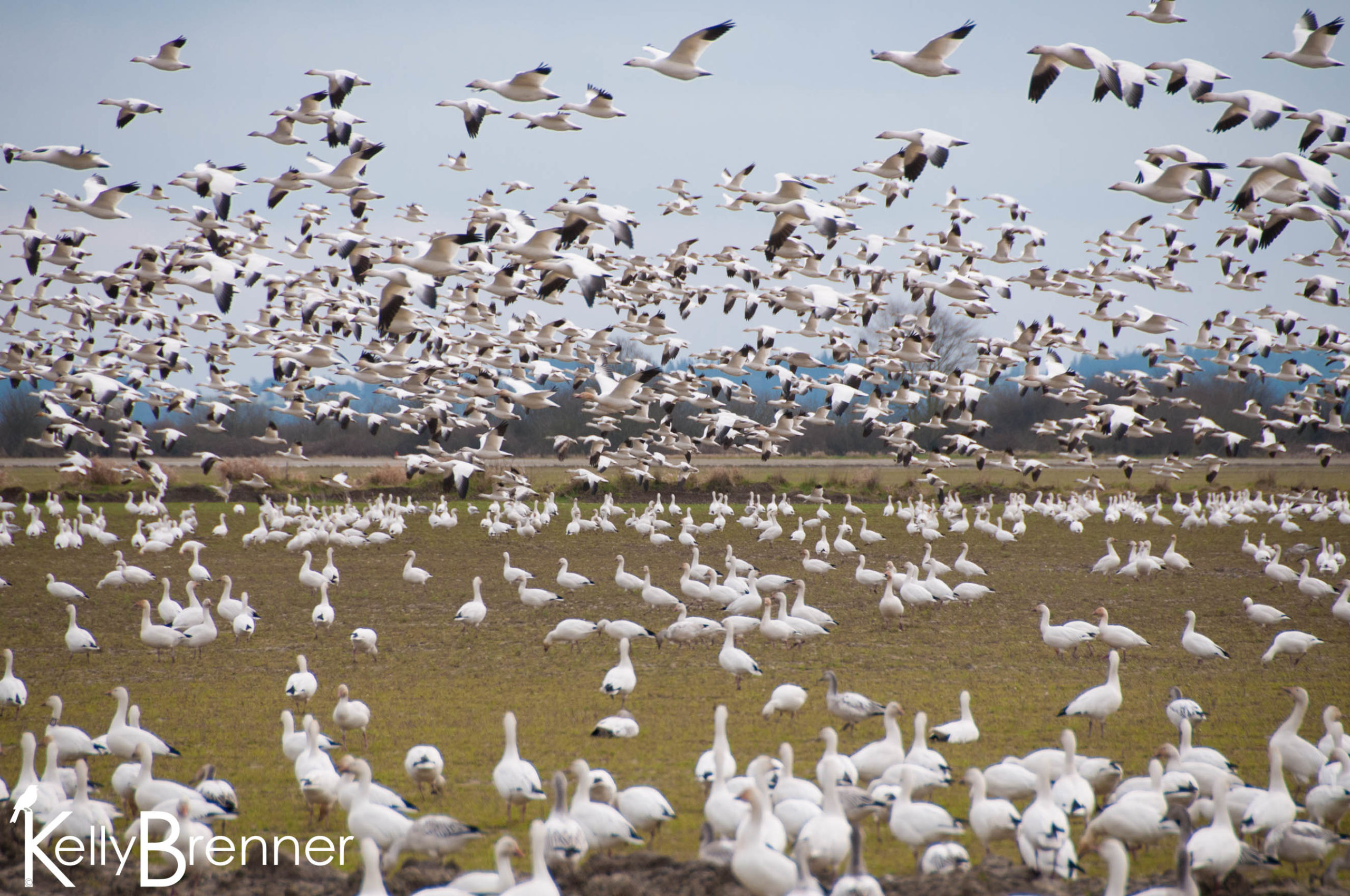
A volunteer program by USGS could provide setbacks for students seeking independence.

If there is one response as a writer I dread more than a rejection to a pitch, it’s this one: “I’d be happy to talk to you. Why don’t you give me a call?”
When I hear the first few clarinet notes of Rhapsody in Blue, my phone’s ringtone, I’m gripped with anxiety. My first reaction is to hit mute. (Sorry, Gershwin.)
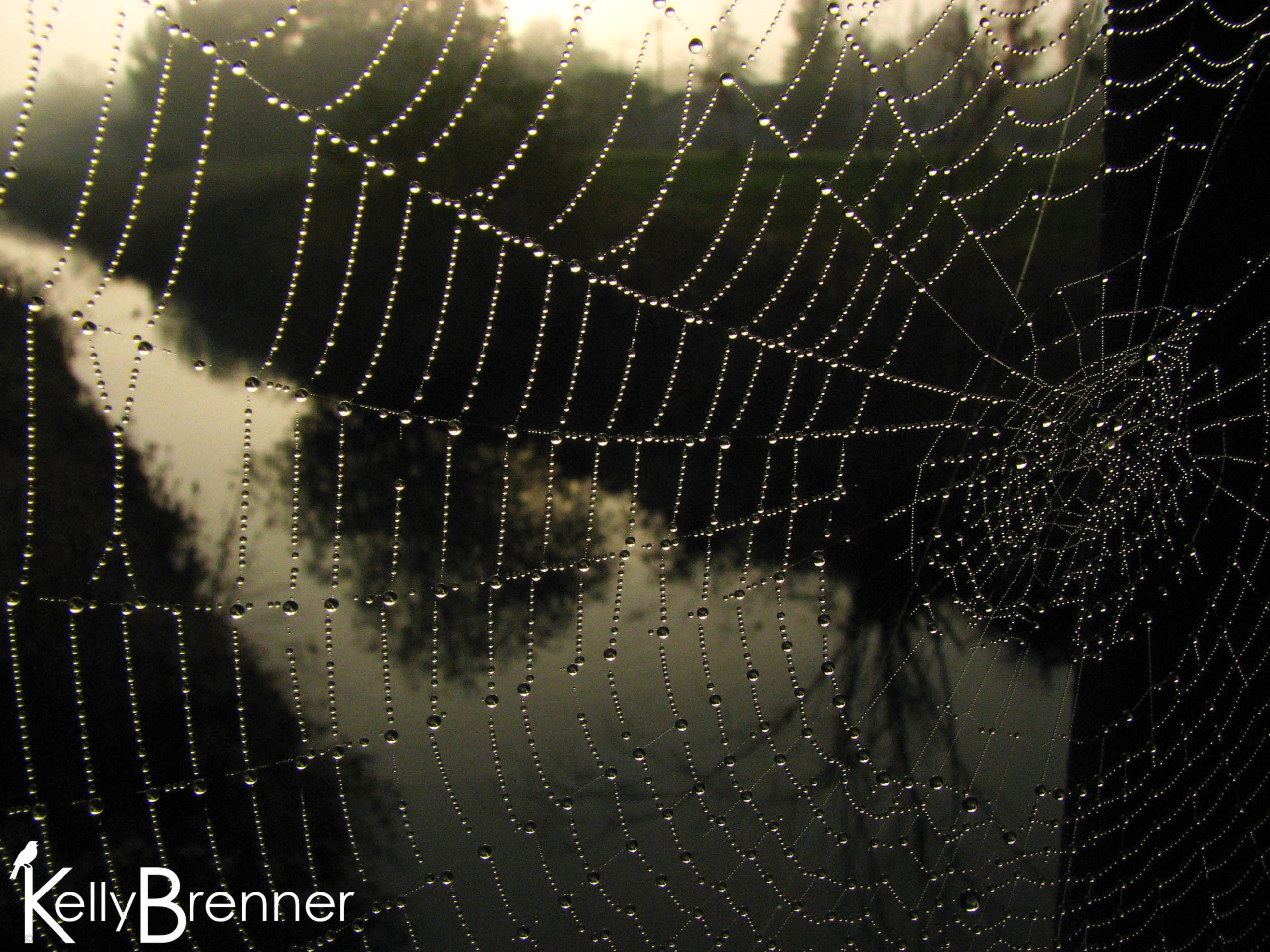
My entire life is one giant spider web. Nearly four decades of experiences of intertwined threads spiral around a core that, until very recently, I couldn’t see. I didn’t even know it was there. I spent years wandering the web’s perimeter, not recognizing how all the threads radiated from the middle. One day I finally saw it. There, in the center of everything, connecting it all together, was the core: autism.
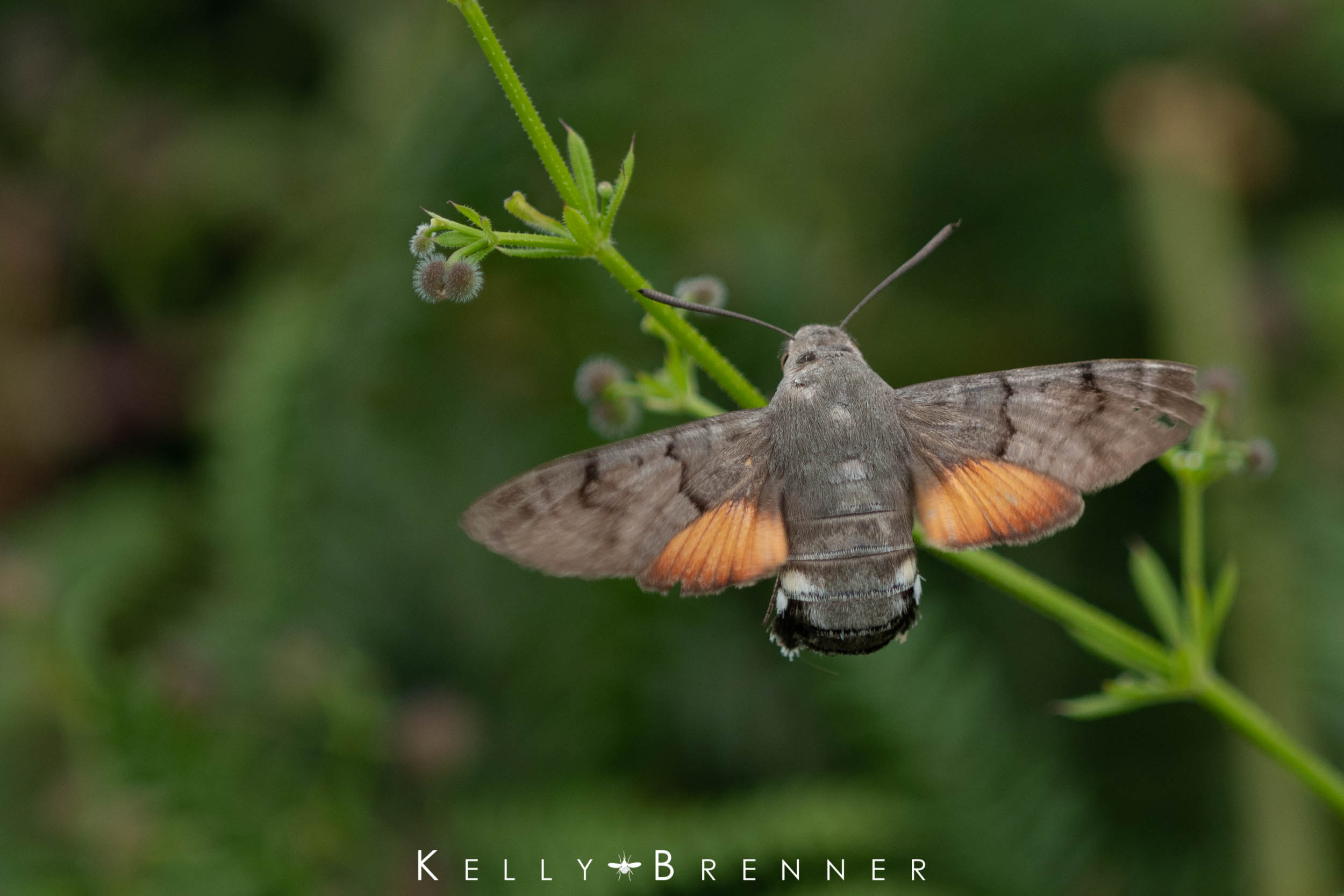
NESTLED IN THE CORNER of a backyard garden, a hungry caterpillar nibbles on the edge of an evening primrose leaf. More than 2 inches long, the larva’s matte-black body is adorned by neon-yellow dots and stripes, accented at both ends by metallic orange and topped by a single black-and-orange spine. Fattening up fast, the caterpillar soon will be ready to transform into a winged adult—but not into a butterfly as most people might expect. Instead, this eye-catching creature is the larva of the white-lined sphinx moth, an equally striking, fist-sized insect propelled by pink hindwings that flutter so fast it is often mistaken for a hummingbird.
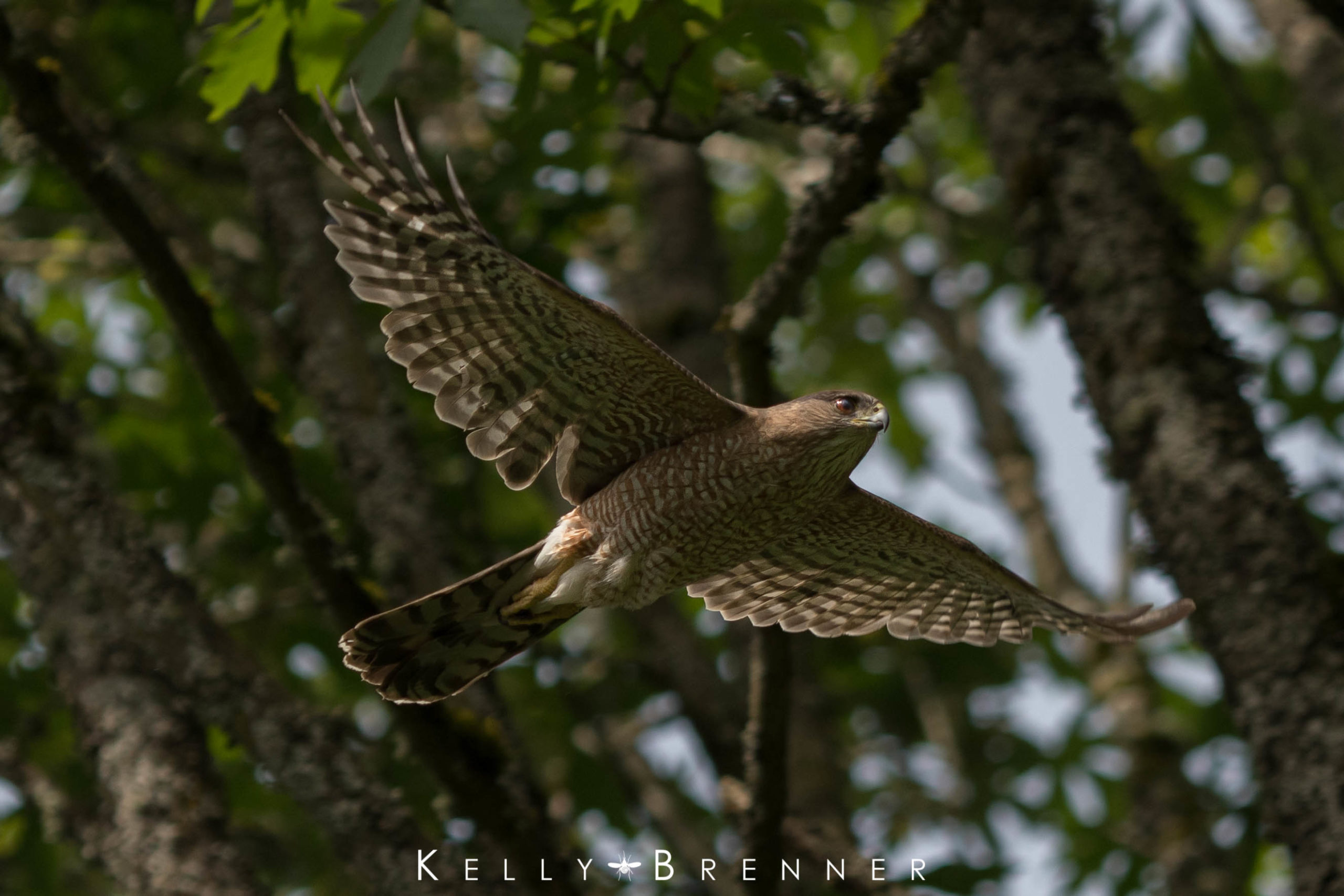
To visit the Queen of Seattle one must first step over empty beer bottles and condom wrappers before skidding down a dirt slope and traipsing over a massive tangle of bindweed. The Queen is not holding audience today, but her ‘kids’ are there to welcome Ed Deal.
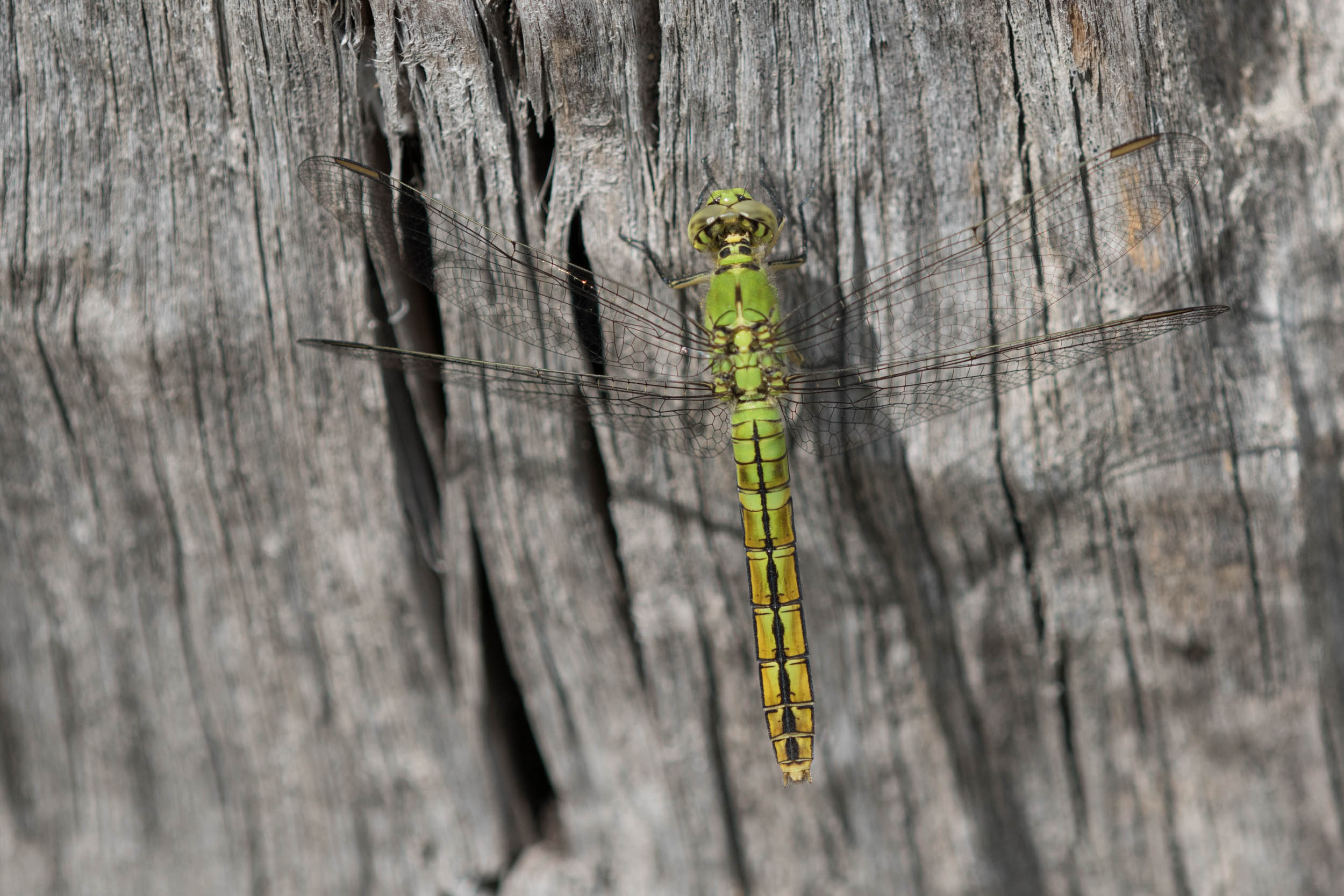
They might not breathe fire, but dragonflies are an exciting sight. Here are 6 wetlands to learn about them with your kids.
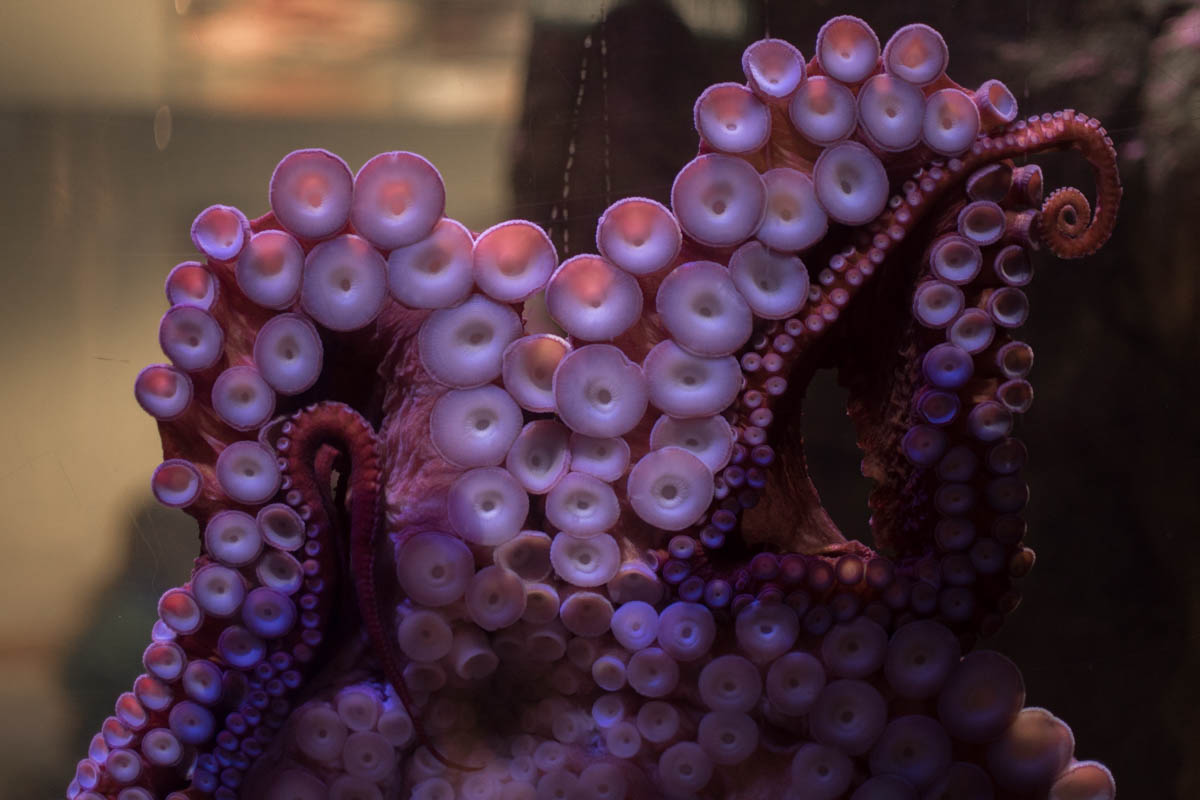
These wild maternal feats will blow you away.
My window box would naturally have to provide plants for some of my favorite wildlife species, pollinators. The brilliant thing about window boxes is that they can be placed essentially everywhere and that’s exactly where you find them.
It depends on what we want them to do. What ecological and/or social functions can we realistically expect green corridors to perform in cities? What attributes define them, from a design and performance perspective?